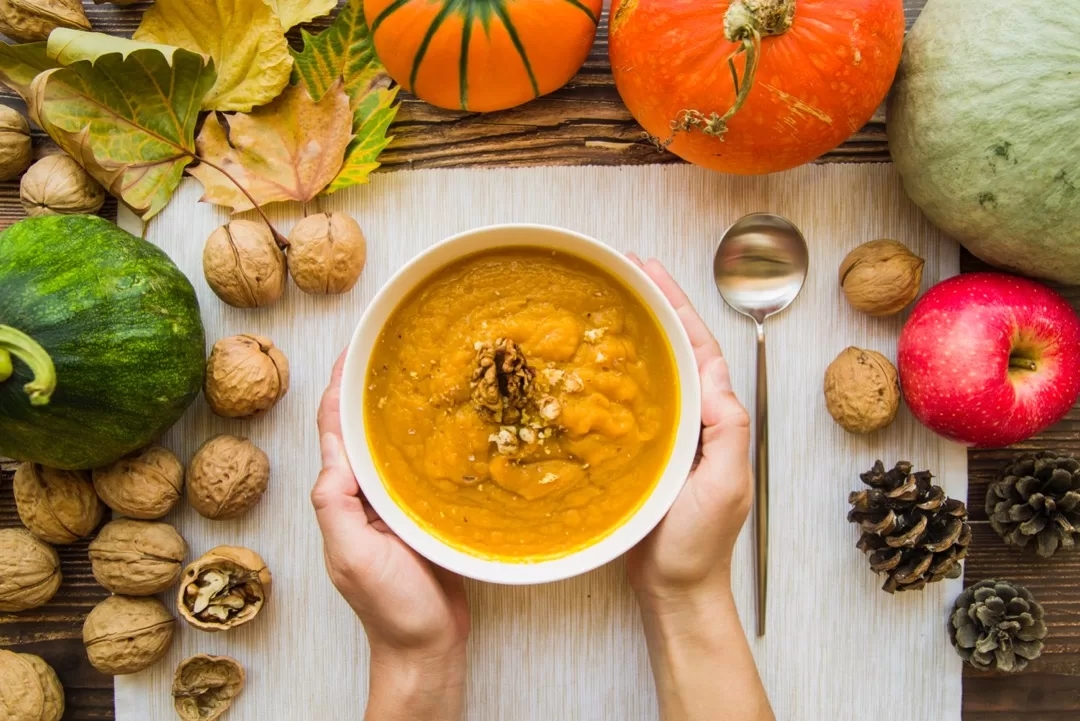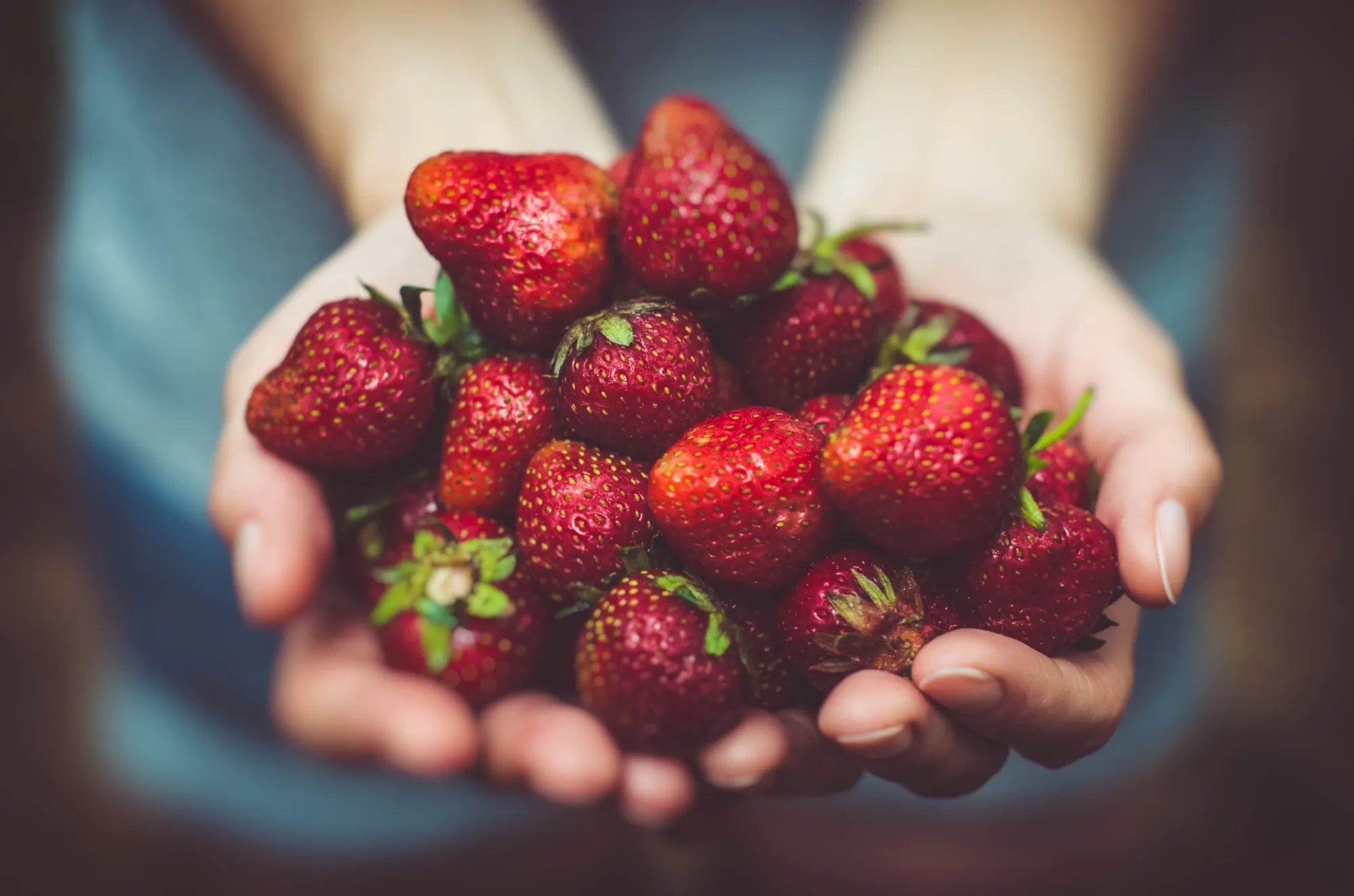It’s difficult to observe how the short, windy and cool days of autumn can affect our sense of wellbeing. The sister healing science of yoga, Ayurveda also emphasizes the importance of living in harmony with each season. Both adhere to a simple principle in order to achieve harmony: opposites produce balance.
Food can have an impact on our prana, which influences our overall health and harmony. We can balance Autumn’s energy by making small changes to our diets.
Add more spices and warming foods to your diet, such as cardamom and cinnamon, or fresh ginger. Reduce cooling foods like leafy greens and broccoli. Also, avoid seaweed, cabbage, cucumber, and other vegetables. Avoid cold or frozen food such as smoothies or ice cream. Avoid eating raw vegetables, and limit foods that have a pungent, bitter or astringent flavor.
Add more nourishing and oily foods to your diet to balance the dry, windy Autumn air. Avoid foods that are dry, such as crackers, popcorn, millet and dried fruit. You should eat more meals that are slow-cooked and use ghee to garnish. Steamed vegetables, whole grains and soups such as kitcharis, stews and porridges are moisturizing and hydrating.
Add more foods high in fat and protein (eggs, nuts, seeds, and cheese) to your diet. Prepare meals using simple recipes that require fewer ingredients and a simpler preparation. Focus on cooking with love, patience, gratitude and attention. It is also helpful to have a set schedule for your meals.
All the advice above is general and should be used as a guideline for changing your fall diet. Try experimenting and making adjustments according to your personal constitution, the local seasonal foods you eat and the weather conditions in your area. Pay attention to the way the weather, the food, and your overall health are affected by the weather.




